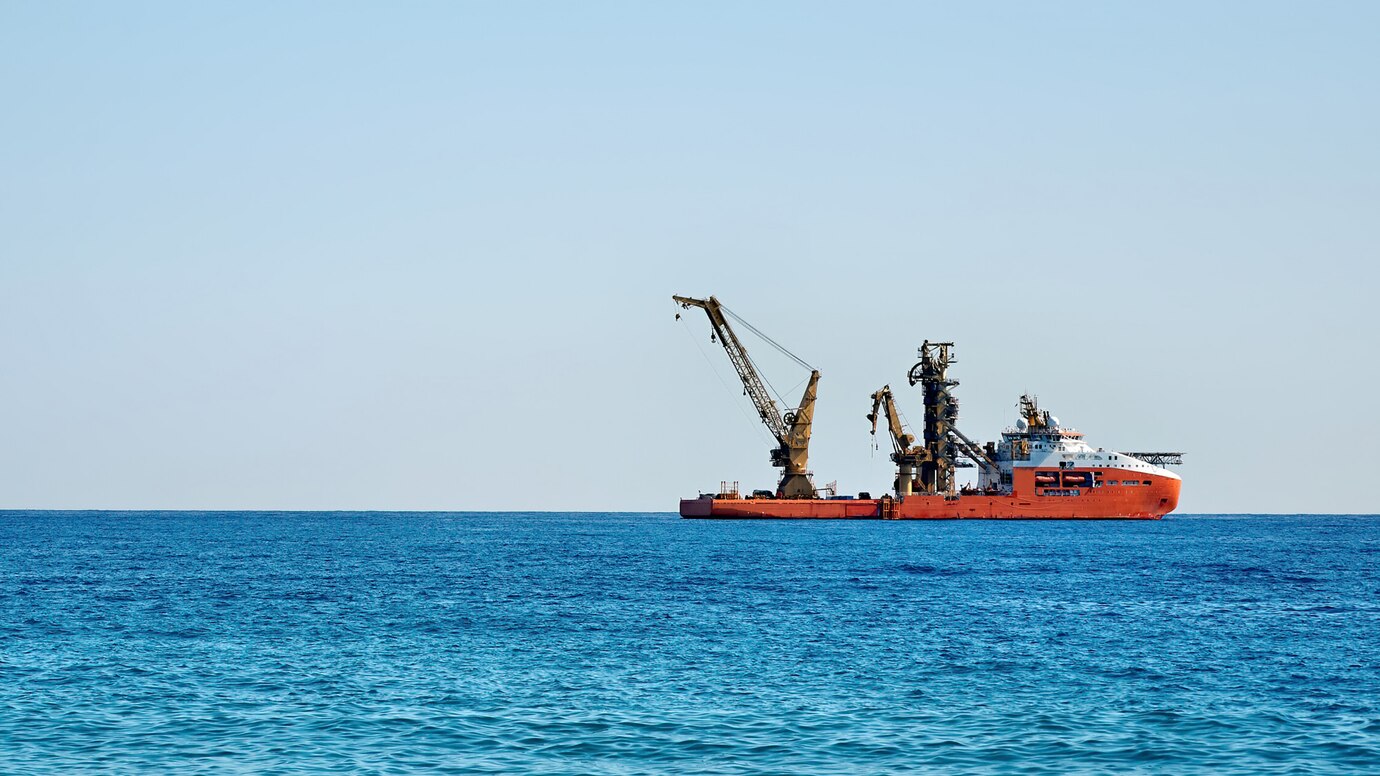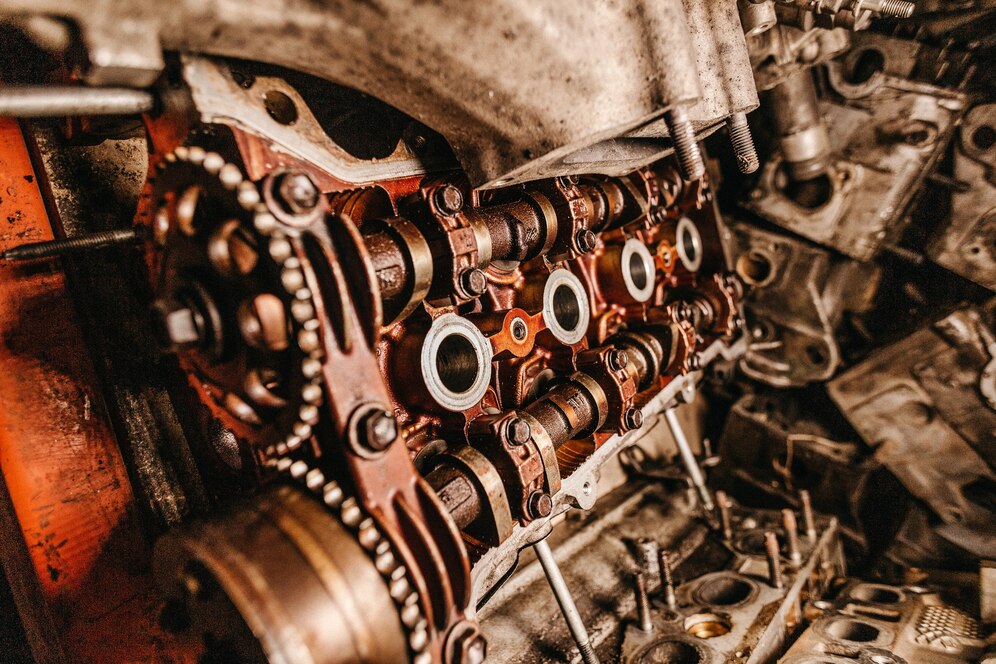
Why Auxiliary Engine Spare Parts Are Your Lifeline at Sea
Ever had an engine fail just before docking? I have—and let me tell you, it’s a nightmare you don’t forget. That one time taught me a lesson: having the right auxiliary engine spare parts on board isn’t optional. It’s survival. In this article, I’ll walk you through how to source the right parts, what to keep in stock, and how to extend their lifespan—without wasting time or money.
Where Can You Find Auxiliary Engine Spare Parts You Can Trust?
The best place is from experienced, verified marine suppliers.
It’s not just about price. When your engine fails mid-route, reliable parts can save your crew—and your schedule. I once got stuck in port for two days because a cheap gasket gave out.
You should look for vendors offering original or certified aftermarket components, especially for brands like Yanmar, MAN, or Cummins. And make sure they understand the specific models you’re working with.
Top suppliers offer technical support, compatibility checks, and fast delivery. You don’t have days to wait when your engine’s down.
Catalog access is also a big plus. Without it, you might end up ordering something that doesn’t fit your engine at all.
Checklist to consider:
- Are the parts new, refurbished, or used?
- Does the supplier specialize in your engine brand?
- Is there a warranty and tech support available?
Which Spare Parts Should Always Be Onboard
Start with the parts most likely to fail during voyages.
I’ve learned the hard way—once had a trip delayed over a single busted V-belt. Now, I keep a list of essentials on every vessel.
Always stock fuel and oil filters, gaskets, and drive belts. These are the core components that can wear out fast, especially in rough conditions.
Also carry temperature and pressure sensors. When those go, your engine can overheat without warning.
Don’t overlook the cooling and lubrication systems—think pumps, hoses, and valves. These little things can make or break a trip.
Essential spares list:
- Oil & fuel filters
- Sensor kits & gauges
- Cooling system parts
- Drive belts & pulleys
- Complete gasket sets

What Should You Check Before Buying Auxiliary Engine Spare Parts?
Details matter more than price.
Too often, people buy parts based on looks or vague specs—and pay the price later. I always double-check part numbers and diagrams before ordering.
Use your engine’s manual or service log to cross-reference exact specifications. Guesswork can lead to wrong fits and wasted money.
Choose suppliers who communicate clearly and stand by their warranties. If they can’t explain what they’re selling, walk away.
Also think about delivery times—some vendors ship from overseas and take weeks. I prefer suppliers with stock in Europe or next-day options.
How Can You Extend the Life of Spare Parts?
Stay ahead with maintenance and smart habits.
Most part failures are preventable if you keep things clean and stick to routine checks. Skipping a filter change might seem minor until your engine chokes on dirty fuel.
Use only high-quality marine-grade lubricants, even if they cost more. It pays off by protecting moving components.
I also keep a detailed maintenance logbook—it’s boring, sure, but it helps you catch patterns and justify any warranty claims.
Think of it like this: your parts are only as good as the system they support. Keep that system clean, cool, and well-oiled.
FAQ
What are the most commonly replaced auxiliary engine parts?
Fuel filters, oil filters, gaskets, belts, and sensors are the usual suspects.
Are aftermarket parts as good as OEM ones?
Sometimes—if they’re certified and well-matched to your engine model.
How much do auxiliary engine spare parts cost?
Prices vary widely—from €20 for filters to €500+ for pumps or kits.
Where should I buy my spare parts from?
Stick with marine suppliers who understand engine compatibility and offer support.
For more information, visit: posejdon-marine.pl



